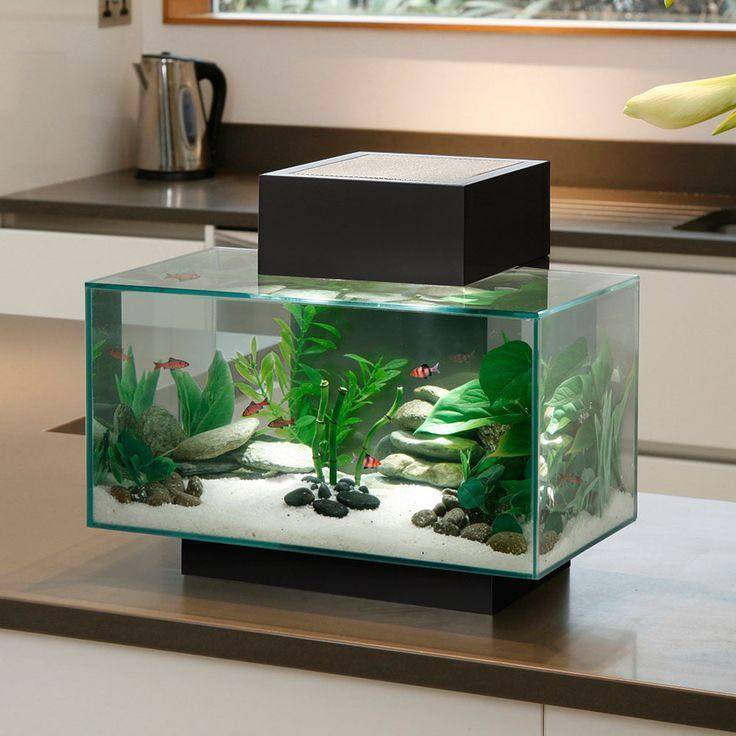Blog > Examples of Biophilic Design to Bring the Outside In


This pattern is based on the idea of viewing the elements of nature, living systems, and natural processes. A visual connection with nature has been said to reduce stress, create positive emotional functioning and improve concentration and recovery rates. A visual connection with nature can be naturally occurring with things such as a naturally flowing body of water, animals, fossils or visible terrain, soil or earth on the premises. If these are not naturally occurring in your area, they can be recreated. This can be done with a simulated natural environment such as an aquarium, a green wall or artwork that shows nature.

There are ways to connect with nature that don’t include seeing it. This can be done through sound, smell, touch or taste. When these other senses connect with nature, there are health benefits. An auditory connection has shown a reduction of cognitive fatigue and an increase in motivation. Scents can trigger memories that calm or energize individuals. Touch, such as in pet therapy, has shown calming effects. This pattern occurs naturally in the form of fragrant flowers, weather, textured materials such as wood, stone, fur and loud animals such as songbirds. If these aren’t available to you, similar instances can be recreated by natural air fresheners such as essential oil diffusers, digital recordings of nature sounds, highly textured fabrics and allowing pets in the home.

These connections are random, short bursts that are found in natural environments but are hard to predict. They have been studied in relation to eye patterns, heart rate, blood pressure, and flight or fight responses. For example, after staring at a computer for a long period of time, a brief distraction caused naturally is beneficial. This pattern can be found naturally in the form of the cloud movement, breezes, birds chirping or plant life rustling.
These natural distractions can be recreated in your home, specifically the rooms where you spend a lot of time and need this type of stimuli. It can be in the form of billowy fabric that will move with the breeze, art that creates shadows or light patterns throughout the home or nature sounds that are broadcasted at random intervals.

Water is important to the life cycle and is found throughout nature. In relation to humans, it has been involved in studies that found it encouraged improved self-esteem and mood. It has also been studied in relation to reducing stress. Water may be naturally occurring in your neighborhood in the form of a river, stream, ocean, pond or rainfall. If this isn’t the case, you may be able to recreate it in your home by adding an aquarium, fountain or imagery with water.

This pattern looks at how lights and shadows appear in a natural environment. Lighting strategy has been studied in everyday environments such as schools, offices, and stores. Original research found that people are more productive with more light. More recent studies have found that the quality of light and its fluctuations are just as important. A normal pattern fluctuates between high amounts of blue light (sunlight during the day) which produces serotonin and low amounts of blue light (nighttime) which produces melatonin. This balance can influence sleep quality, mood, alertness, and depression. Dynamic and diffused light may already exist in your home with windows, firelight, moonlight, and seasonal light. If the balance is off, you can create this pattern by using multiple low glare electric light sources, diffused light on walls or the ceiling, using lights that have a dimming feature and taking advantage of accent lighting.

The refuge pattern is about creating an environment that feels safe and provides a sense of retreat or withdrawal. Refuge conditions can create a restorative and stress-free environment that lowers blood pressure and heart rate. To create a refuge in your home, try incorporating high-backed chairs, reading nooks, booth seating, canopy beds or a treehouse. These spaces will create a safe haven that’s reserved for relaxation.
This site is protected by reCAPTCHA and the Google Privacy Policy and Terms of Service apply.